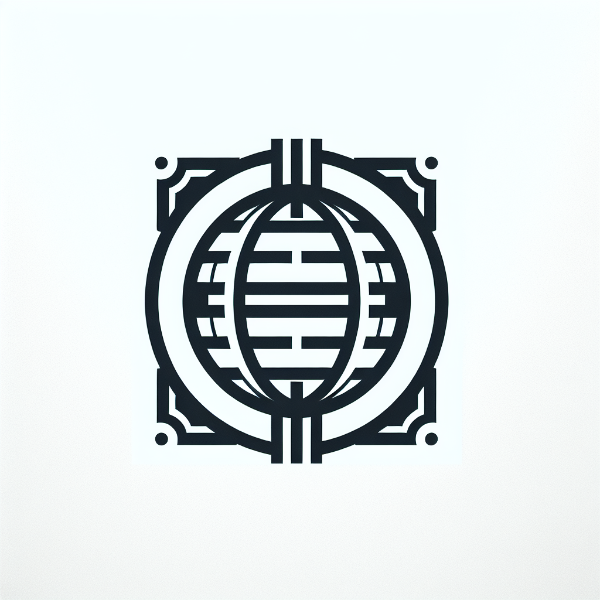Major newspapers react to US airstrikes on Iran’s nuclear facilities; global leaders call for diplomacy amid rising tensions. Headlines discuss potential retaliation from Iran, escalating threats, and implications for the region.
The fallout from the US military strikes on Iran’s nuclear facilities is dominating headlines across major newspapers today. In a major escalation, President Trump authorized bombs on three specific nuclear sites overnight, aimed at dismantling Iran’s nuclear program. The Financial Times characterizes this as a gamble, asserting that the administration insists it is “not at war with Iran, but with its nuclear program.”
Metro slams the front page with the word “Hammered” as it covers the airstrikes, which have been dubbed Operation Midnight Hammer. It highlights the immediate effects, including satellite images revealing new craters at the Fordo site, where US forces employed bunker buster bombs. Iran’s foreign minister responded ominously, warning of “everlasting consequences” for the strikes.
Meanwhile, The Sun captures attention with the headline “Stick it up your bunker,” harkening back to its controversial coverage during the Falklands War. Leaders around the world are urging for a diplomatic resolution following the strikes, which hit the nuclear facilities said to house Tehran’s most dangerous assets.
The Guardian echoes the seriousness of the situation with the news of Iran’s vow for retaliation. The report identifies the strikes as “the most consequential intervention in a conflict in a generation,” suggesting that retaliation could draw the US deeper into a war that Trump has long sought to avoid.
The Daily Telegraph notes the stark contrast between Trump’s campaign promises to end foreign involvement and the reality of him becoming a “wartime leader.” It features Secretary of State Marco Rubio cautioning that revenge by Iran would be a significant misstep.
The Times takes a different angle by focusing on the operational impact on the Fordo facility and reports an alarming legislative move from Iran’s parliament to potentially choke the oil supply by blocking the Strait of Hormuz.
Focusing on responses in London, the Daily Express warns of escalating threats, specifically highlighting increased UK terror risks from Iranian retaliation. Business Secretary Jonathan Reynolds suggested Iran’s influence in the UK was already substantial and expects it to grow.
The Daily Mail’s headline brings audiences attention to the looming “Iran terror backlash,” resonating with similar concerns shared by the Express, as it details the ramifications for Britain and its allies, citing that precautions must be taken.
The Daily Mirror also showcases Trump in a pre-strike Situation Room meeting, emphasizing Prime Minister Boris Johnson’s calls for calm to prevent the situation from escalating into wider conflict.
Lastly, while the i Paper offers insights from a Pentagon briefing on Operation Midnight Hammer, it reflects on the urgent diplomatic efforts by UK officials aimed at stabilizing the region. Amidst this, the Daily Star amusingly sidelines the dangerous escalation to a lighthearted story about music, proving the spectrum of reporting can vary greatly.
In summary, the US strikes against Iran’s nuclear facilities have sent shockwaves through global politics and the media alike. Newspapers are portraying the complexity of the situation, with various leaders urging diplomacy amidst threats of retaliation from Iran. The reality of the US’s potential involvement in a drawn-out conflict looms large, as headlines capture the stark contrasts between promises of peace and escalating military engagement. As nations react and prepare for possible fallout, the path forward remains uncertain and fraught with tension.
Original Source: www.bbc.com




